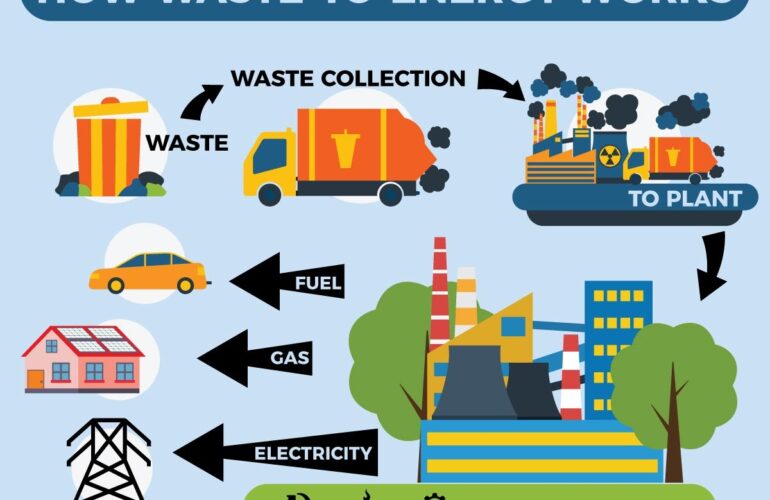Pumped Hydro Storage Opportunity in India – Renaissance of Age-Old Self-Sustaining Water Battery Technology to Overshadow Battery Energy Storage? |
Pumped hydro storage projects (PHPs) is a commonly used technology in which water is pumped from a lower elevation reservoir to a higher elevation using low-cost surplus off-peak electric power to run the pumps. During peak hour electrical demand, the stored water is released through turbines to produce electric power to balance shortages in the grid. As per an estimation, India needs least 18 GW of pumped storage hydropower capacity to support the planned integration of wind and solar into India’s grid by 2032, and potentially more if other energy storage systems like BESS are not financially viable. The Indian Government has also recently revised its figure of pumped storage hydropower potential from 96 GW to 106 GW. The Union Ministry of Power has come out with draft guidelines on pumped hydro storage projects. The draft guidelines say India has on-river pumped storage potential of 103 GW. Besides, many off-river pumped storage potential is also available which is being estimated. As of now, 8 projects are presently in operation, 4 projects are under construction, and 24 projects have been allotted by states which are under different stages of development. Pumped Storage Projects account for over 95% of installed global energy storage capacity, well ahead of lithium-ion and other battery types. It is estimated that pumped hydro projects worldwide store up to 9,000 gigawatt hours (GWh) of electricity. The energy supply from variable energy sources like solar and wind can’t be regulated fully since they are dependent on the time of the day, different seasons, and the vagaries of weather. India is planning to have over 500 GW of renewable energy by 2030, mainly solar.PSPs provide the necessary scale of storage and have a long service life of more than 40-50 years. This also results in a low cost of delivered energy over the life of the projects. They are non-polluting and are more environmentally friendly. InfraInsights research on Pumped Hydro Storage is will enable industry to get a perspective on potential, regulatory framework, planned & upcoming projects in different states, developers, success determinants and risks. |
- Executive Summary
- Approach & Methodology
- Pumped Hydro Storage (PHS) in India
- Overview
- Installed Capacity
- Statewise Estimated Potential& Operational PHS Plants in India
- Andhra Pradesh
- Jharkhand
- Karnataka
- Madhya Pradesh
- Maharashtra
- Odhisha
- Telangana
- West Bengal
- Gujarat
- Uttarakhand
- Tamil Nadu
- Regulatory Framework on Pumped Hydro Storage
- State
- Central
- Policy Initiatives on Pumped Hydro Storage
- Under construction & Planned Pumped Hydro Storage Projects in India
- Project Profile
- Technical
- Financial
- Pumped Hydro Storage in RTC Green Energy Supply
- Investments Planned in PHS
- PHS – Commercial Contract for Supply of Power
- Tariff
- Term contract
- PHS – Risks & Key Success Determinants
- Rainfall
- Irrigation
- R&R
- Projected PHS capacity in India by 2030
- Profiles of existing PHS plant in India
- Profiles of PHS developers in India
- Greenko
- JSW
- Adani
- Andritz
- NTPC
- Estimation on Opportunity Size for PHS Equipment by 2030
- Motor
- Generator
- Pump Set
- Hydro Turbine
- InfraInsights Perspective
- Project Profile
- What is the overall estimated potential of Pumped Hydro Storage in India?
- What are the policies governing PHS in India?
- Which state are pushing for PHS projects in India?
- What has been the success case studies on PHS projects in India?
- What will be the opportunity for OEMs?
- What is the capex planned, committed by different power project developers on PHS?
- What is the status of different PHS projects in India
- What are the factors influencing power sales agreement for power generated from PHS?




